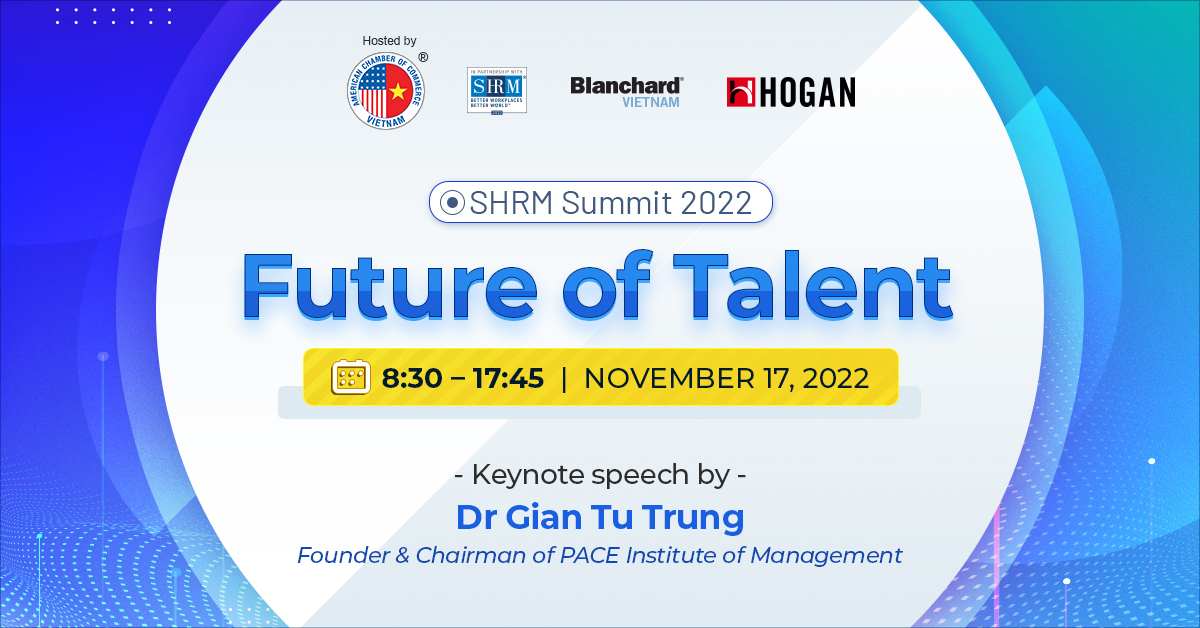ENCOURAGING EMPLOYEES TO SPEAK UP - BEFORE THEY GIVE UP
There’s a lot of chatter about the so-called “Great Resignation.” Over the past few months, organizations of all kinds—from SHRM to the federal government—have sounded warning alarms about the “tsunami” of departing employees.
Some workers are forthcoming with information and opinions but many aren’t. The quiet ones likely hold useful and unique perspectives of benefit to the organization if only managers could draw them out. They can be high-potentials. Clearly, in this environment of heightened unrest and resignation, managers have a clear mandate to proactively seek and act upon, input from all employees.
While there has been much speculation about the reasons why employees are leaving—and their reasons may be as varied as they are—I believe there is one relatively simple but exceedingly important thing organizations can do right now to help stem the turnover tide: solicit their honest feedback.
Some workers are forthcoming with information and opinions but many aren’t. The quiet ones likely hold useful and unique perspectives of benefit to the organization if only managers could draw them out. They can be high-potentials. Clearly, in this environment of heightened unrest and resignation, managers have a clear mandate to proactively seek and act upon, input from all employees.
While there has been much speculation about the reasons why employees are leaving—and their reasons may be as varied as they are—I believe there is one relatively simple but exceedingly important thing organizations can do right now to help stem the turnover tide: solicit their honest feedback.

Employers Need to Hear—and Listen. (Photo: freepik.com)
Employees Have a Voice Too
Employees have a voice and chances are they may have a list of ideas, opinions or concerns. Companies need their employees to have a voice. Too often we fail to seek the input we need from employees, or we rely on the input we receive spontaneously from those few employees who are more comfortable speaking up.
But if employees don’t stand up for themselves and say, “Hey, this is what I need;” “This is what I want;” “This is something we need to do to improve things;” then they don’t have a voice. And too many of them simply won’t speak up. Not unless they’re asked directly.
Managers need to be reaching out to proactively solicit employees for input, feedback, even criticism. But effectiveness is about more than simply asking. It’s predominantly about listening, acknowledging, and where possible, taking action on what you are told.
Employers Need to Hear—and Listen
Hearing and listening are two very different things. Hearing is passive. Listening is active—and, when done well, strategic. Employers need to proactively reach out and seek opinions from employees in strategic ways. They need to be attuned to who among their talent pool they are not hearing from—both individually and collectively as teams.
For instance, think about the massive media outcries raised recently by employee segments including women—the #MeToo movement, and African Americans—#BlackLivesMatter. Organizations hear what these groups are saying and some actually listened. Some took action based on what they heard, making real changes.
While continuing to recognize that we need input from all employees, we need to get to a place where we’re strategically identifying the specific segments where we may need more input from. Notably:
- Employees working from home who don’t want to come back to the office.
- Employees working from home who do want to come back to the office.
- Employees in either setting who are challenged with caregiving needs for their children, parents, or others.
- Employees who feel they have not been given enough career development opportunities.
- Employees—like the recent Facebook whistleblower—are concerned with moral attitudes behind their organizations’ actions or inactions.
Too often an employee walks out the door much to the surprise of her manager, seemingly for no apparent reason. Too often employees think their managers can somehow intuit their feelings or motivations. They want recognition, but too often the manager never receives the proverbial memo.
Effective hearing and listening require feedback loops. It’s not just about talking to employees; it’s about talking with them openly. Sharing and seeking input and making it safe to do so. This needs to be done proactively before the employee grows weary of toiling away unnoticed and makes the decision to bolt.
One-on-One Communication: A Best Practice for Managers
Unfortunately for busy managers, there isn’t a one-size-fits-all communication method for engaging and understanding employees. Everybody needs to be treated as individuals with unique perspectives. Managers need to meet one-on-one to learn how employees are doing.
Effective hearing and listening require feedback loops. It’s not just about talking to employees; it’s about talking with them openly. Sharing and seeking input and making it safe to do so. This needs to be done proactively before the employee grows weary of toiling away unnoticed and makes the decision to bolt.
One-on-One Communication: A Best Practice for Managers
Unfortunately for busy managers, there isn’t a one-size-fits-all communication method for engaging and understanding employees. Everybody needs to be treated as individuals with unique perspectives. Managers need to meet one-on-one to learn how employees are doing.
- Are they being frustrated by their job and what do they think should be changed?
- What areas of the operation do they feel are great and which are lacking?
- What are the company’s strengths and weaknesses, how does it improve?
- How does the company make itself a more attractive workplace?
- What are their goals—what are your goals for them?
- Where do they feel they’re not being successful or need some guidance?
- How can the company accommodate their needs?
These interactions are really a communication bridge where both employee and manager go back and forth sharing their perspectives with the ultimate goal of achieving a personal understanding.
Employees aren’t always going to raise their hands to say: “I need something different!” They’ll just go and look for it somewhere else.
In this talent crunch job market, it becomes crucial to understand employee expectations and reduce polarization. That’s the job of a manager. For companies struggling with the Great Resignation, there might be no job more important.
Employees aren’t always going to raise their hands to say: “I need something different!” They’ll just go and look for it somewhere else.
In this talent crunch job market, it becomes crucial to understand employee expectations and reduce polarization. That’s the job of a manager. For companies struggling with the Great Resignation, there might be no job more important.
Source: SHRM.Org










